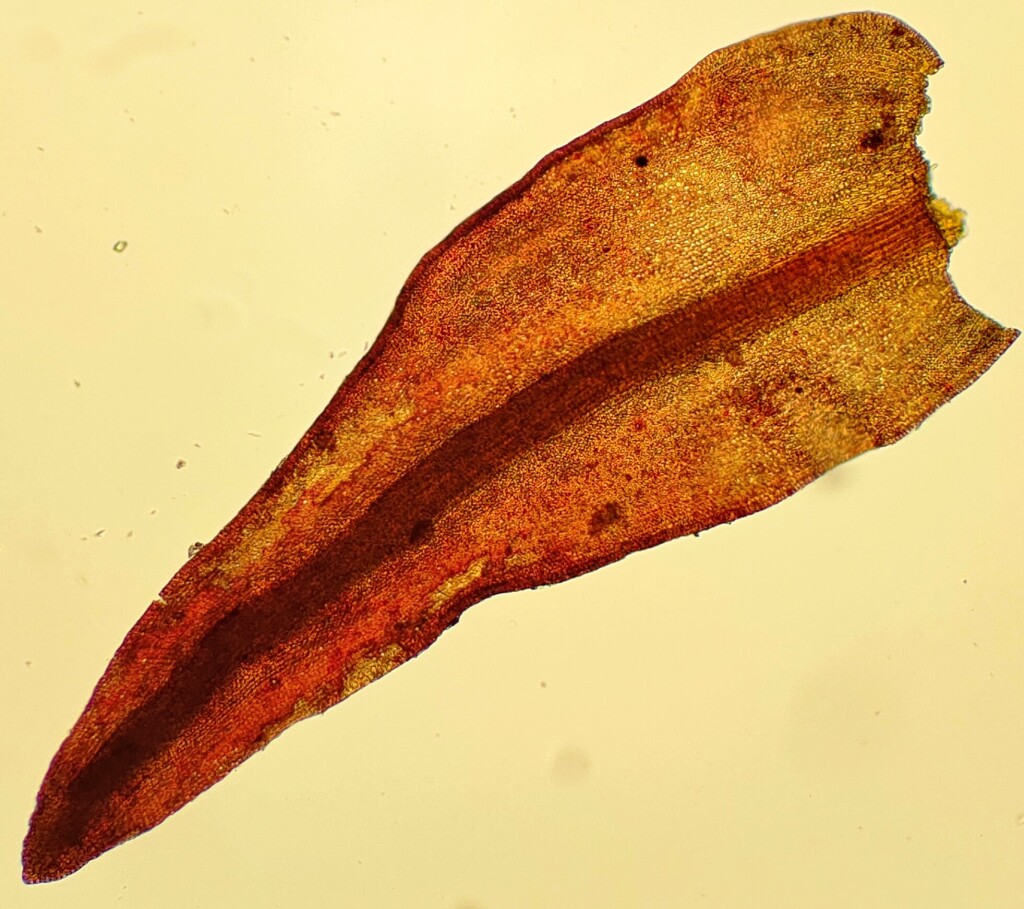Andreaea australis
Mitt.Dioicous. Stems 1–12 cm long. Leaves erect-spreading when moist, appressed when dry, lanceolate, 1–2 mm long, 0.4–0.8 mm wide, concave; apices acute or rounded sometimes mucronate, variably flexed; costae extending to apex, distinct, c. 1/6–1/5 width of leaf at base; margins entire, plane or partially recurved or revolute; cells in apical half isodiametric, irregular, smooth or papillose, unistratose or rarely with bistratose patches, 2.5–7.5 μm long, 2.5–7.5 μm wide; cells at base isodiametric or slightly wider than long near margins, becoming rounded quadrate, hexagonal or short-rectangular near costae, 3.5–11.5 μm long, 3.5–10 μm wide. Perigonial paraphyses usually absent. Perichaetial leaves not convolute, not or slightly sheathing. Capsules c. 0.5 mm long, ellipsoid before dehiscence, erect, straight. Turgid spores 28–30 (–36) μm diameter; shrivelled spores 20–24 μm diameter.
EGU, VAlp. On exposed rocks in the alpine zone of the Victorian Alps. Also NSW, ACT and Tas. New Zealand and Macquarie, Auckland and South Georgia Islands.
 Spinning
SpinningMurray, B.M. (2006). Andreaeaceae. Flora of Australia 51: 108–123.

